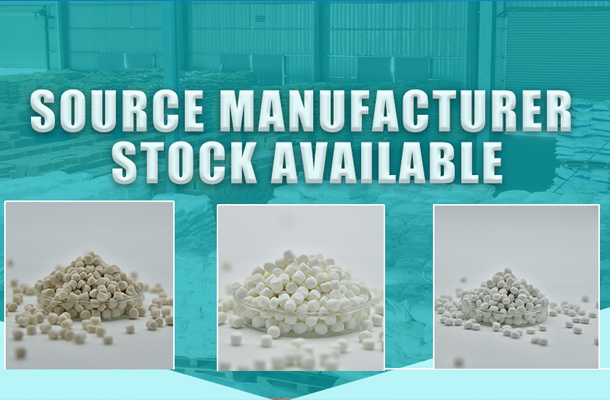The distinctions between EVA one-step foam (also known as primary or first-time foaming) and EVA two-step foam (secondary foaming) primarily lie in their manufacturing processes, product characteristics, and applications:
Manufacturing Process:
One-step Foaming: This process involves placing a mixture of materials that have been thoroughly blended into a sheet form into a press mold. The material is then subjected to heat and pressure, causing the crosslinking agent to react and further elevating the temperature to decompose the blowing agent. Afterward, pressure is released rapidly, allowing the heated material to expand and pop out of the mold within seconds. The resulting product tends to have a higher hardness, typically ranging from 55 to 70 degrees on the Shore scale.
Two-step Foaming: This method includes an additional stage of foaming after an initial process. The EVA material undergoes primary foaming and may be cut or reshaped before undergoing another round of heating and pressing, facilitating more complete decomposition of the blowing agent and creating a more porous structure. This results in a softer final product with a hardness range of 40 to 55 degrees, or even as low as 5 to 40 degrees for high-density EVA foam.
Product Characteristics:
- One-step foamed EVA is generally denser, harder, and offers better elasticity but is heavier compared to two-step foamed EVA.
- Two-step foamed EVA, conversely, is lighter, more flexible, and provides enhanced comfort but might have slightly less resilience.
Applications:
- Given its hardness and elasticity properties, one-step foamed EVA is commonly used where good support and durability are required, such as in certain packaging materials and midsoles of sports shoes.
- Conversely, two-step foamed EVA, due to its softness and lightness, is suited for applications demanding high levels of softness, like premium sports shoe cushioning, shock-absorbing materials, soft padding, and products requiring a superior feel.
Ultimately, whether to use one-step or two-step EVA foam depends on the specific requirements of the application, including the need for hardness, softness, weight, or elasticity.







